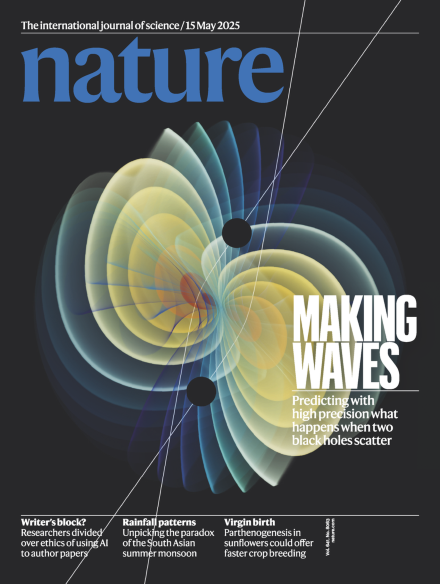Volume 641 Issue 8063, 15 May 2025
This Week
-
Editorial
-
-
World View
-
Research Highlights
News in Focus
-
News
-
Features
Books & Arts
-
Book Review
-
Essay
Opinion
-
Comment
-
Correspondence
Work
-
Feature
-
Technology Feature
-
Brain tissues, assemble! Inside the push to build better brain models
Technology Feature:
-
-
Where I Work
Research
-
News & Views
-
Articles
-
Matrix-producing neutrophils populate and shield the skin
Nature Outlook:

